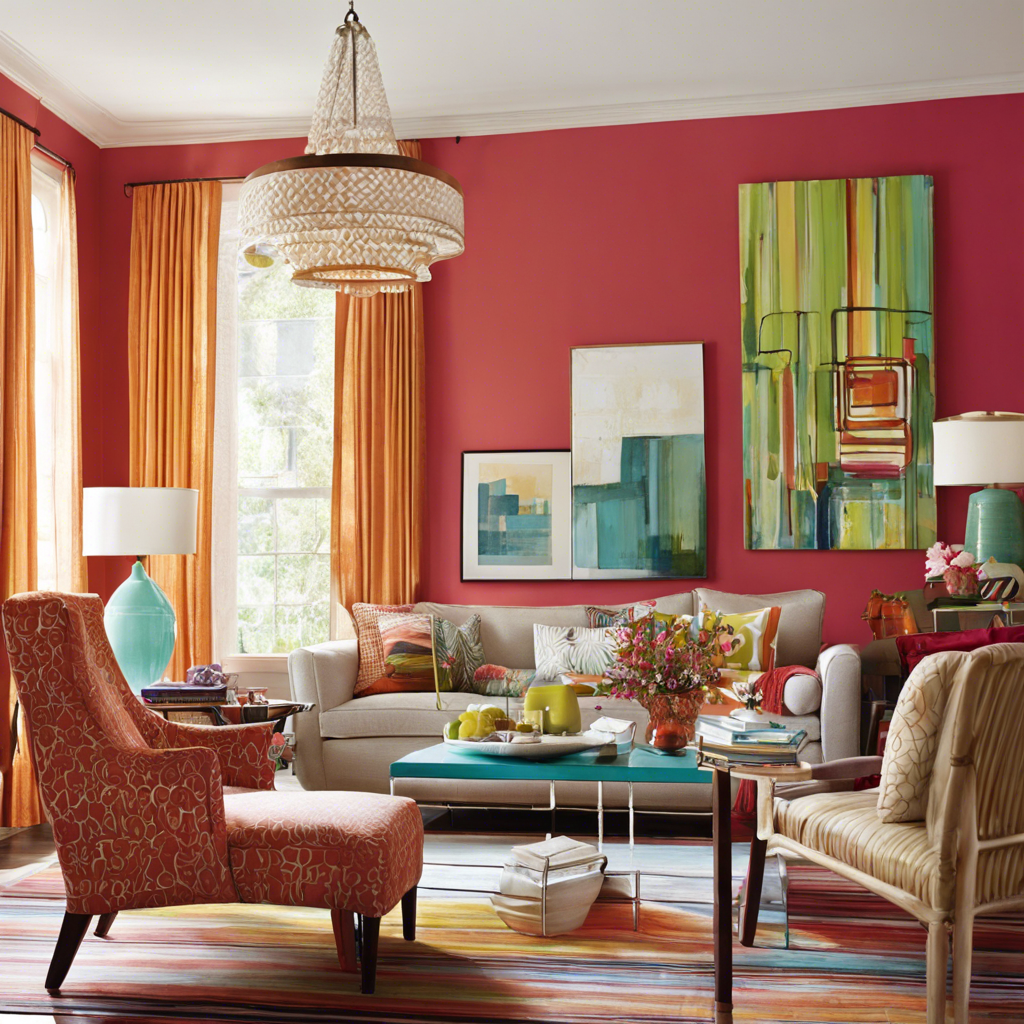Choosing the right paint color can be a daunting task, especially when you want to create a cohesive and aesthetically pleasing look throughout your home. But fear not! With a few simple tips, you’ll become a color palette pro and transform your living spaces into stunning masterpieces. Let’s dive into the world of color and explore how to choose the perfect paint for every room.
**Understand the Basic Color Theory**
Before diving into specific color palettes, understanding the basics of color theory is essential. The color wheel is your friend! It consists of primary colors (red, blue, and yellow), secondary colors (orange, green, and purple), and tertiary colors (combinations of primary and secondary colors). Complementary colors are those that sit opposite each other on the wheel and create a vibrant contrast. Analogous colors are adjacent on the wheel and provide a harmonious, subtle flow. Knowing this foundation will help you make informed color choices.
**Consider the Room’s Purpose and Mood**
The ambiance you want to create in each room should guide your color choices. For instance, warm hues like shades of orange or yellow can bring a cozy and inviting atmosphere to a living room or dining area. Cooler tones like blues and greens are perfect for bedrooms, promoting relaxation and tranquility. Consider the room’s function and the mood you want to set, and you’ll be off to a great start.
**Start with One Color and Build Around It**
Selecting a single color that inspires you and building a palette from it is an excellent approach. Love the vibrant hue of a sunflower? Use it as your accent color and pair it with softer shades of yellow or neutral tones like beige and gray. This method ensures a cohesive look and makes color coordination a breeze.
**Incorporate Different Tones and Shades**
Variety is the spice of life, and this applies to paint colors too! Play with different tones and shades of your chosen colors to add depth and visual interest to your rooms. A light blue accent wall can be complemented by a darker shade of the same color on adjacent walls, creating a sophisticated and dynamic space.
**Use Color to Define Spaces**
Color can be a clever tool for separating and defining spaces, especially in open-concept homes. Consider using contrasting colors to create visual boundaries between living, dining, and cooking areas. This technique helps to delineate different zones, providing both visual appeal and functionality.
